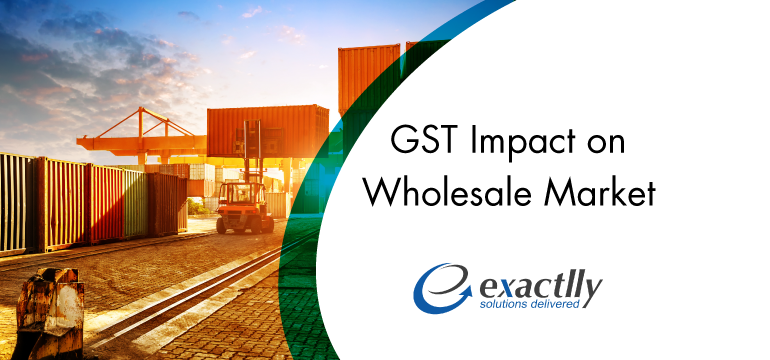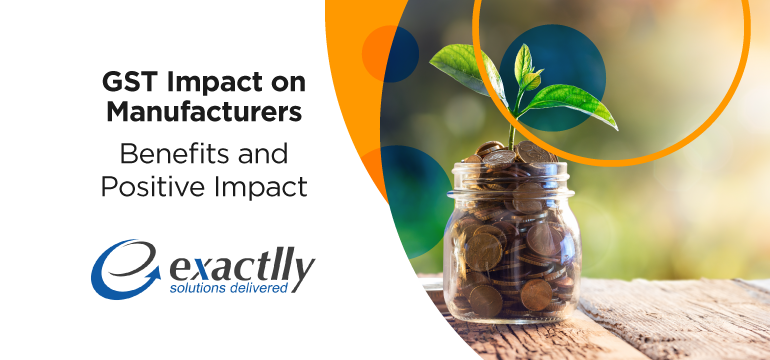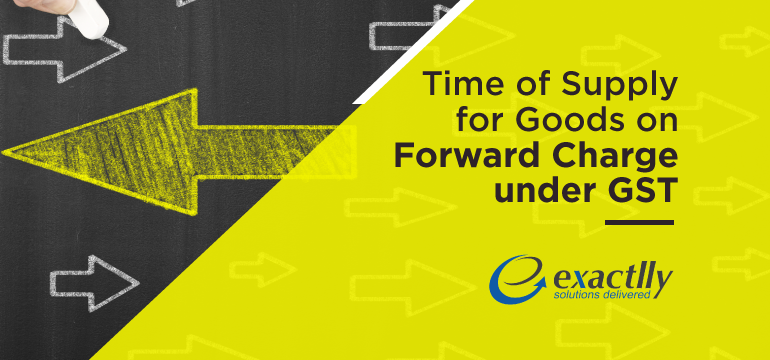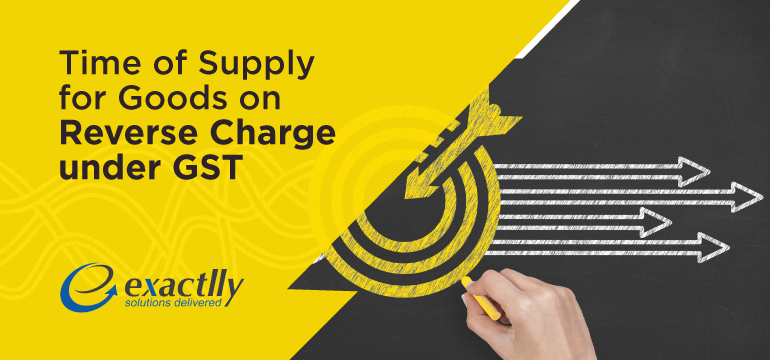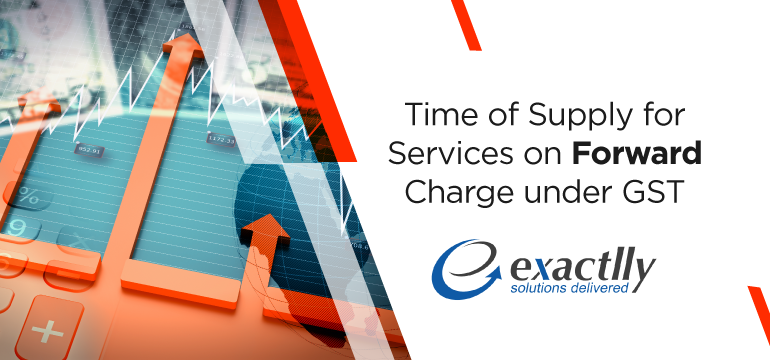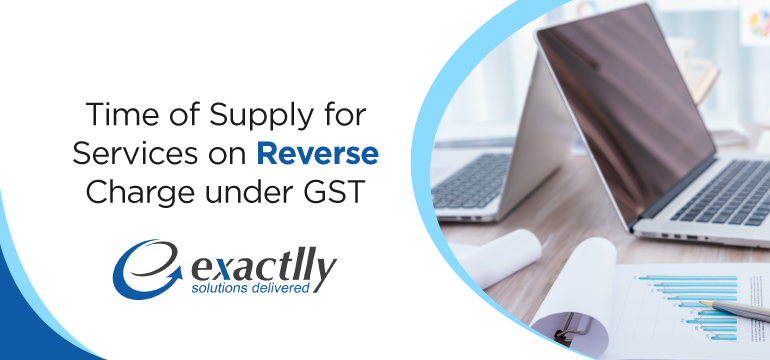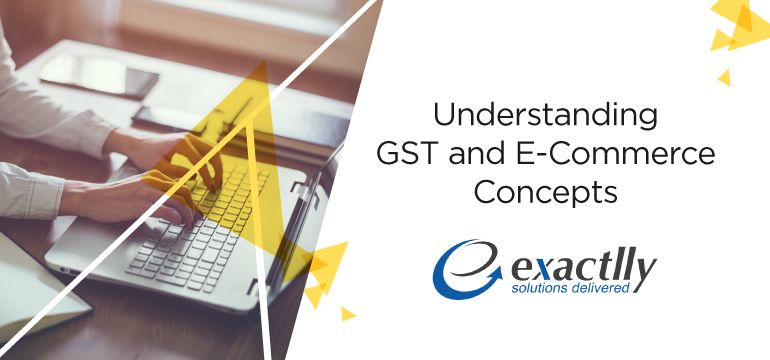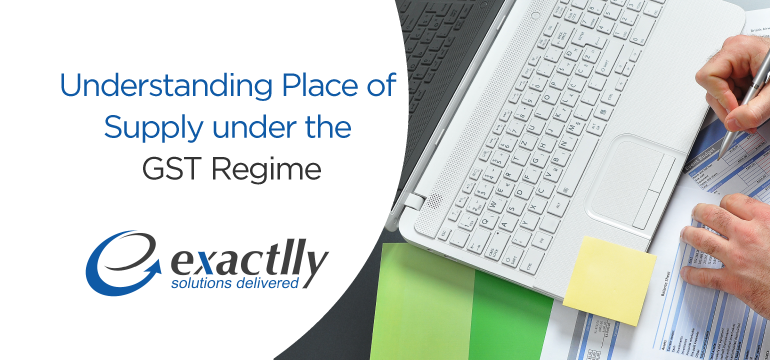GST Impact on Wholesale Market
The manufacturing industry in India has been facing a mammoth task of serving almost 14 million retail points and the end customer – in both the rural and the urban markets. The fast-moving consumer goods sector and durable goods sector has some of the highest demands that manufacturers are required to meet. Furthermore, almost 92%…

